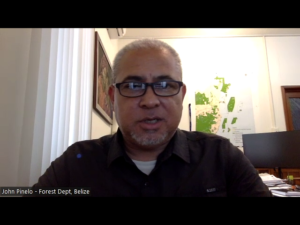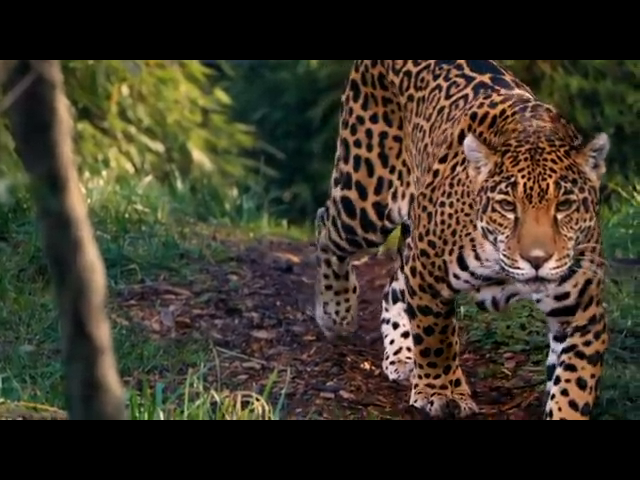How to Deal with Problem Cats
Earlier this week, the Forest Department had to remove a jaguar from the Sittee River area where the animal had started to feed on someone’s poultry. The department went in, tranquilized the jaguar and relocated it to a reserve further away from the residential area. Today, Deputy Chief Forest Officer, John Pinelo told News Five that the department doesn’t like to refer to these jaguars as predators because oftentimes it is humans who encroach on their habitats and then complain when the big cats feed on their farm animals.

John Pinelo
John Pinelo, Deputy Chief Forest Officer, Forest Department
“The animal is doing what it’s doing naturally in its habitat. Oftentimes, we’re the ones who go into its habitat and take over the area. And then when the animal starts giving problems, then we start complaining. So we don’t like to classify it as a predator. I prefer to call it a flagship species because the jaguar is an indication of how healthy all forests are. If you have jaguars, that means everything else below the food chain is working well. So, that’s the first situation. From time to time we have human-jaguar interaction or human and puma or mountain lion or red tiger – as they call it – interactions and that is where then the public should get in touch with the Forest Department, to voice their complaint so that we can then send in our unit to do an assessment. There are a series of activities that we can potentially conduct. Initially, we tend to put up cameras to make sure that it is a jaguar. A lot of times we get complaints from people that jaguars are killing their livestock. And when you find out it’s actually coyotes, because we do now have coyotes in Belize. Obviously we don’t work on the weekends, but we have a Facebook, Forest Department page of which our staff manages and monitors that page, so you can message us and give us the information and then we will tell you when we can react. Our team reacts pretty fast. We don’t always do what people expect we will do, which is either shoot them or capture them because sometimes the animal is just passing through. If you live in the animal’s environment and he steals a chicken from you or something like, that is part of the natural process of things. Like I said, remember, we’re the ones moving into their environment. But if there is serious livestock loss, or a threat to human lives, then we will take matters into our hands to try and decide whether we move the animal.”







Facebook Comments